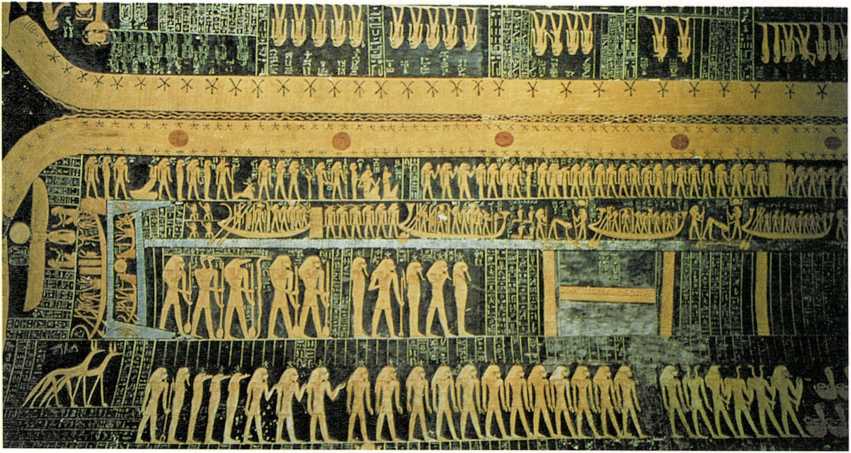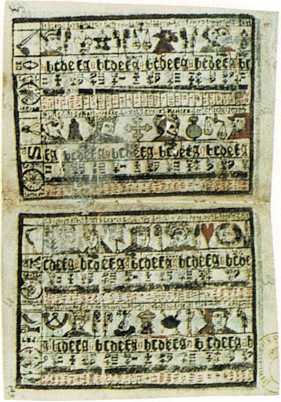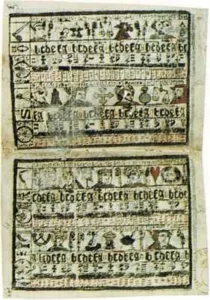The birth of the calendar
A year is a long time. So, long ago, people decided to divide it into
shorter time periods. About five thousand years ago, the Sumerians
divided the year into twelve “moons.” Each moon had thirty days, so a
year had 360 days.
This was the beginning of the calendar. A calendar is just a simple way
to keep track of days, weeks, and months. Our word calendar goes back
to the Roman name for the first day of the month—the day on which
bills were due.
Our year, like the Sumerian year, has twelve “moons,” or months. But not
all the months have thirty days. A good way to remember the number of
days in each month is with this poem:
Thirty days hath September, April, June, and November; All the rest
have thirty-one, Excepting February alone. Which hath but twenty-eight,
in fine, Till leap year gives it twenty-nine, Why do our months have
different numbers of days in them? It’s so the days will add up to 365.
This is the number of days it takes the Earth to go around the sun once.
We call this period of time a solar (sun) year.
Actually it takes the Earth just a little longer than 365 days to travel
around the sun. In fact,

This Babylonian calendar of about two thousand years ago is made of
dried clay. The marks show the days between new moons.

This is an ancient Egyptian calendar found in the tomb of a pharaoh.
It shows the months as Egyptian gods.
a solar year has 365 clays, 5 hours, 48 minutes, and 46 seconds—which
is almost 3651 days. In four years, this quarter of a day adds up to a
difference of one day between the solar year and the calendar year.
To keep the calendar year and the solar year the same, we add an extra
day to the calendar every fourth year. We call this fourth year “leap
year.” The extra day is February 29. This happens only in years that can
be divided evenly by four—such as 1992. A calendar for a leap year has
twenty-nine days in February.
There is also a shorter time period we call a week. Week comes from an
Old English word that means “a turning.” Long ago, a “week” was the
number of days between market days. This might be anything from four to
ten days.
Today, a week has seven days. Why seven days? We’re not sure. But it may
be because ancient people used the moon to keep track of time. And the
moon changes its shape in about seven days.

These are two pages from a calendar French sailors used more than
three hundred years ago. The days of the month are shown in red.

